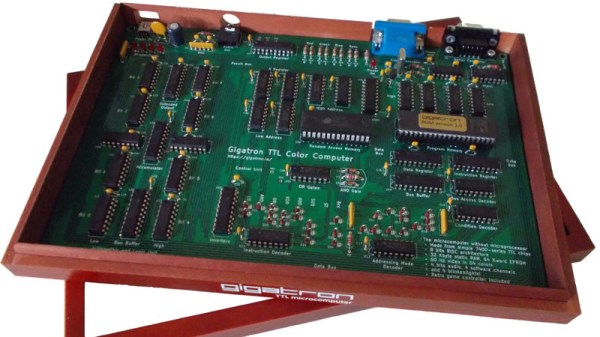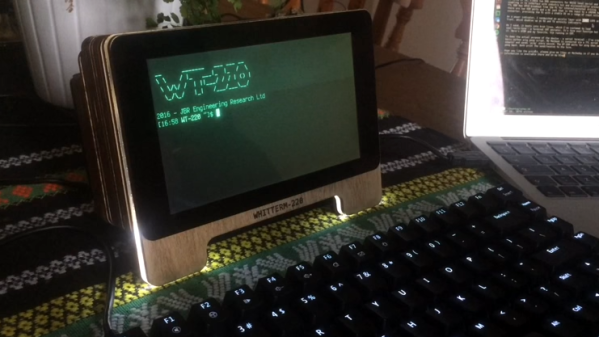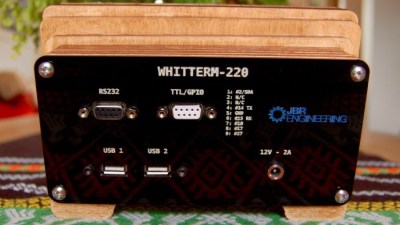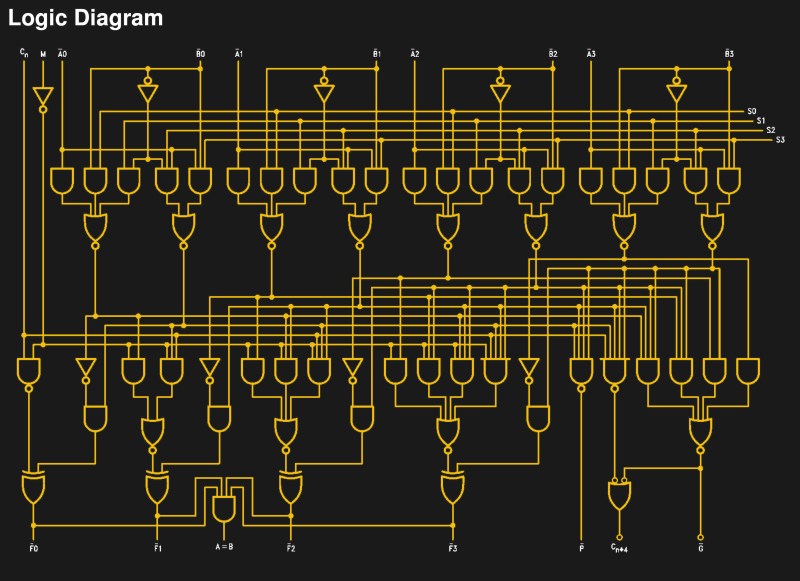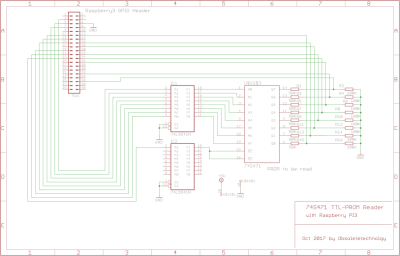About a year ago when Hackaday and Tindie were at Maker Faire UK in Newcastle, we were shown an interesting retrocomputer by a member of York Hackspace. The Gigatron is a fully functional home computer of the type you might have owned in the early 1980s, but its special trick is that it does not contain a microprocessor. Instead of a 6502, Z80, or other integrated CPU it only has simple TTL chips, it doesn’t even contain the 74181 ALU-in-a-chip. You might thus expect it to have a PCB the size of a football pitch studded with countless chips, but it only occupies a modest footprint with 36 TTL chips, a RAM, and a ROM. Its RISC architecture provides the explanation, and its originator [Marcel van Kervinck] was recently good enough to point us to a video explaining its operation.
It was recorded at last year’s Hacker Hotel hacker camp in the Netherlands, and is delivered by the other half of the Gigatron team [Walter Belgers]. In it he provides a fascinating rundown of how a RISC computer works, and whether or not you have any interest in the Gigatron it is still worth a watch just for that. We hear about the design philosophy and the choice of a Harvard architecture, explained the difference between CISC and RISC, and we then settle down for a piece-by-piece disassembly of how the machine works. The format of an instruction is explained, then the detail of their 10-chip ALU.
The display differs from a typical home computer of the 1980s in that it has a full-color VGA output rather than the more usual NTSC or PAL. The hardware is simple enough as a set of 2-bit resistor DACs, but the tricks to leave enough processing time to run programs while also running the display are straight from the era. The sync interval is used to drive another DAC for audio, for example.
The result is one of those what-might-have-been moments, a glimpse into a world in which RISC architectures arrived at the consumer level years earlier than [Sophie Wilson]’s first ARM design for an Acorn Archimedes. There’s no reason that a machine like this one could not have been built in the late 1970s, but as we know the industry took an entirely different turn. It remains then the machine we wish we’d had in the early 1980s, but of course that doesn’t stop any of us having one now. You can buy a Gigatron of your very own, and once you’ve soldered all those through-hole chips you can run the example games or get to grips with some of the barest bare-metal RISC programming we’ve seen. We have to admit, we’re tempted!

